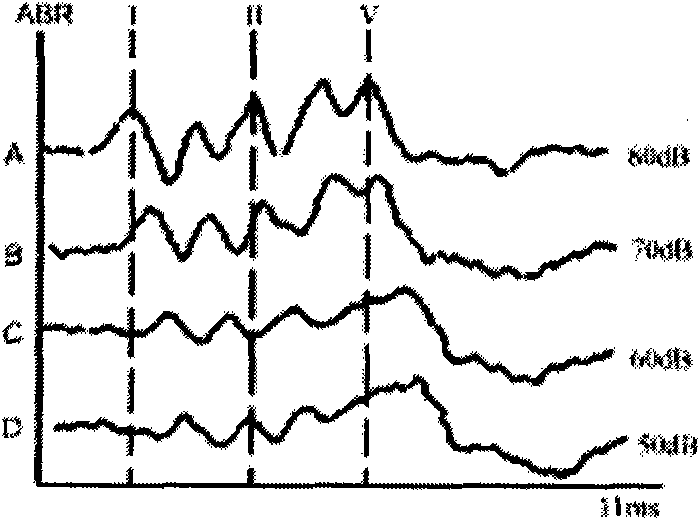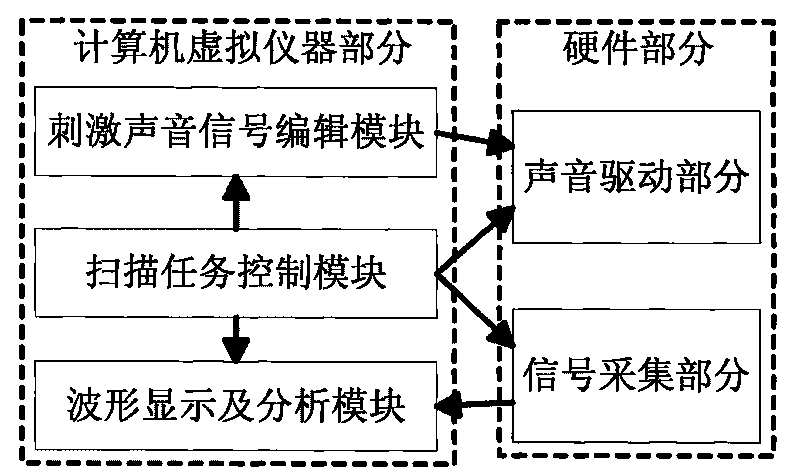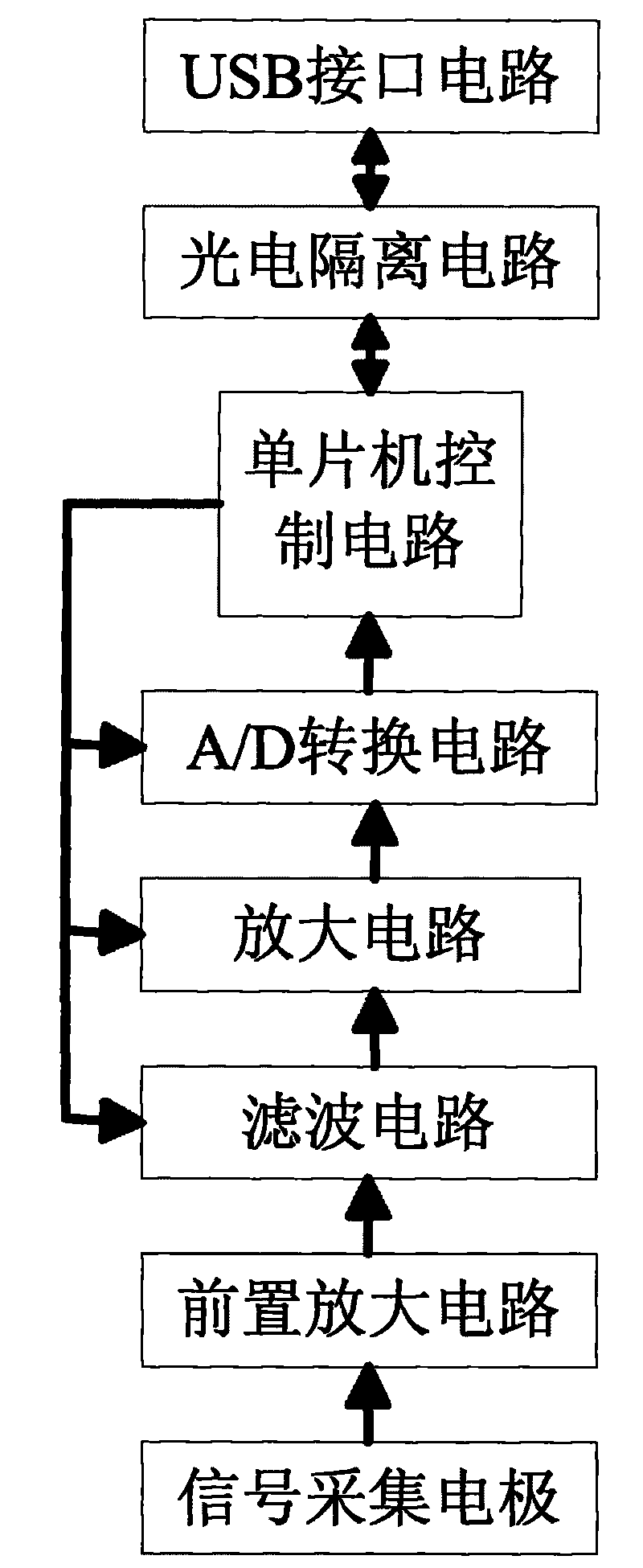Evoked potential recorder based on time characteristic indicators
An evoked potential, recorder technology, applied in the directions of diagnostic recording/measurement, medical science, sensors, etc., can solve the problems of large system error, monotonicity, large delay variability, etc., to save workload and reduce inaccuracy. Effect
- Summary
- Abstract
- Description
- Claims
- Application Information
AI Technical Summary
Problems solved by technology
Method used
Image
Examples
Embodiment approach
[0036] Various complex acoustic stimulation signals can be completed by two parts, short sound signal and short sound release. Short voices are mainly given in various ways, such as single, random, mixed, regular, etc. The most basic physical quantity of a short sound signal is nothing more than amplitude, frequency and time, that is, the change of sound wave amplitude and frequency with time. The amplitude of the acoustic stimulation signal is regulated by the sound time envelope wave: including rising time, steady state time and falling time (the duration of the three sections is the sound length), the amplitude time variation function of the rising and falling sections; the frequency of the acoustic stimulation signal includes pure tone, frequency modulation Tones, clicks, and noises, etc., are generated by a frequency generator. A complete acoustic stimulation protocol includes acoustic stimulus signal editing and scanning task control.
[0037] 1. Stimulus sound signal ...
PUM
 Login to View More
Login to View More Abstract
Description
Claims
Application Information
 Login to View More
Login to View More - R&D
- Intellectual Property
- Life Sciences
- Materials
- Tech Scout
- Unparalleled Data Quality
- Higher Quality Content
- 60% Fewer Hallucinations
Browse by: Latest US Patents, China's latest patents, Technical Efficacy Thesaurus, Application Domain, Technology Topic, Popular Technical Reports.
© 2025 PatSnap. All rights reserved.Legal|Privacy policy|Modern Slavery Act Transparency Statement|Sitemap|About US| Contact US: help@patsnap.com



